Stay informed with JCVA’s blog, where we share expert insights, practical guides, and the latest trends in construction project management, sustainability consulting, and more. Whether you’re an industry professional or a client, our blog offers valuable content to help you navigate the complexities of construction in the Philippines.
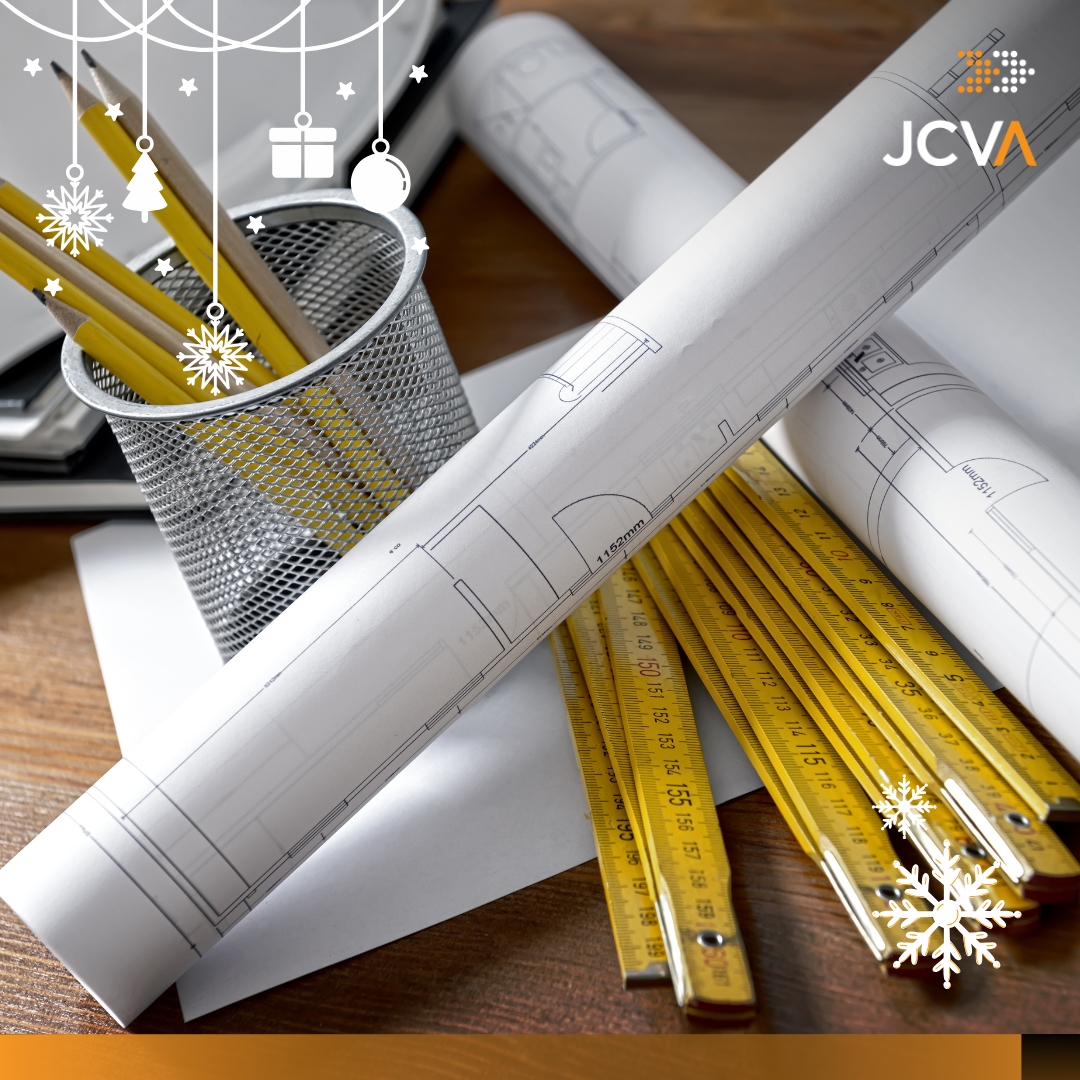
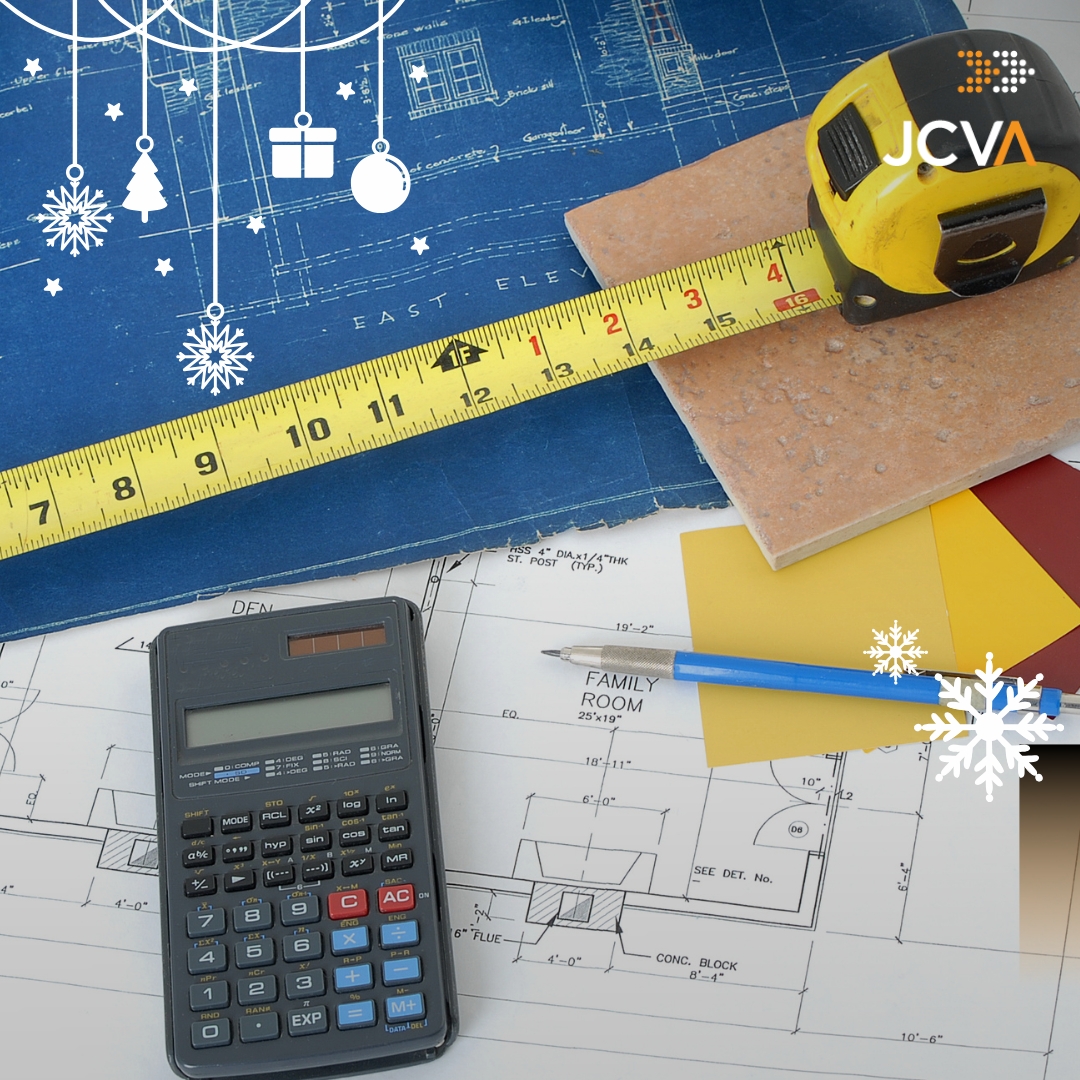



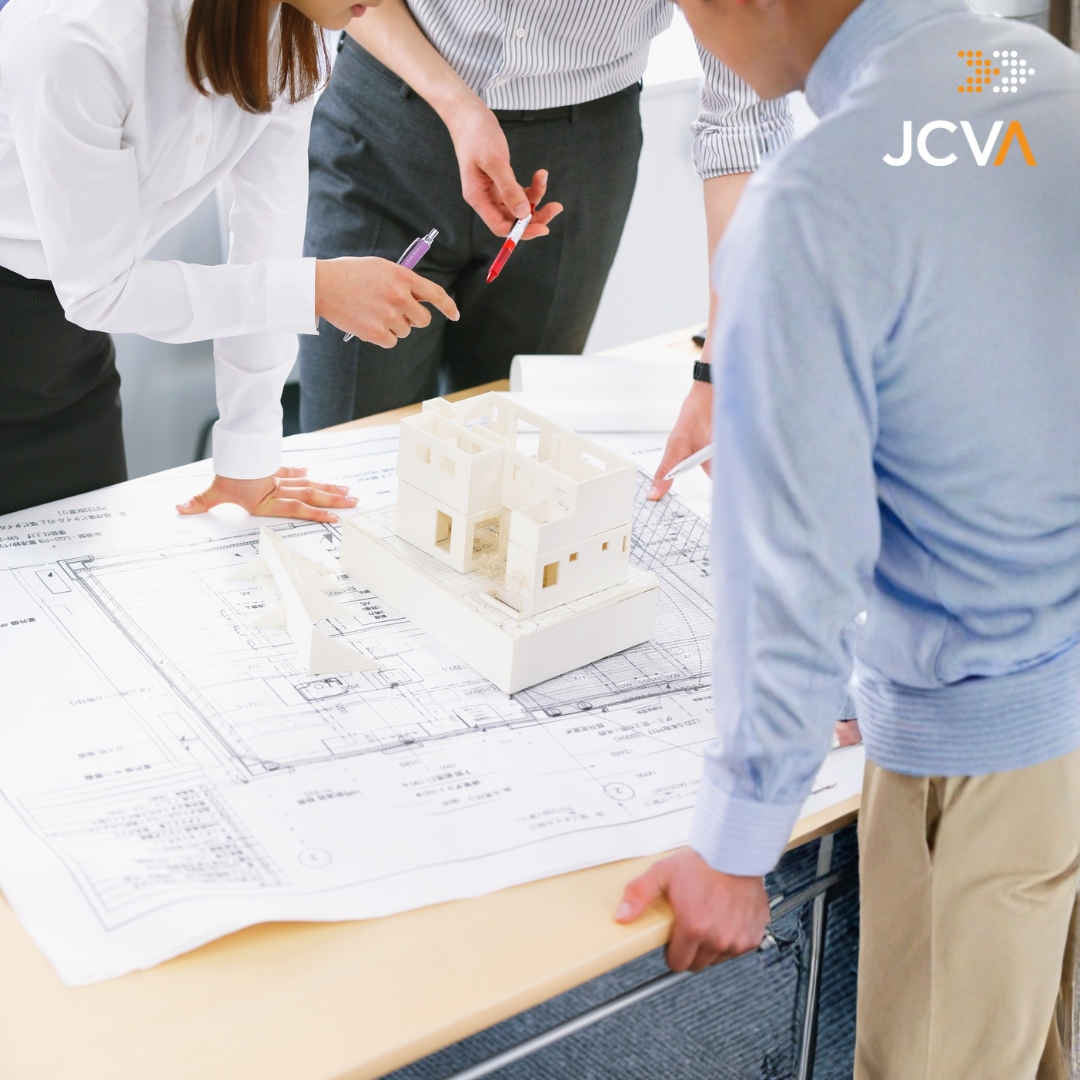

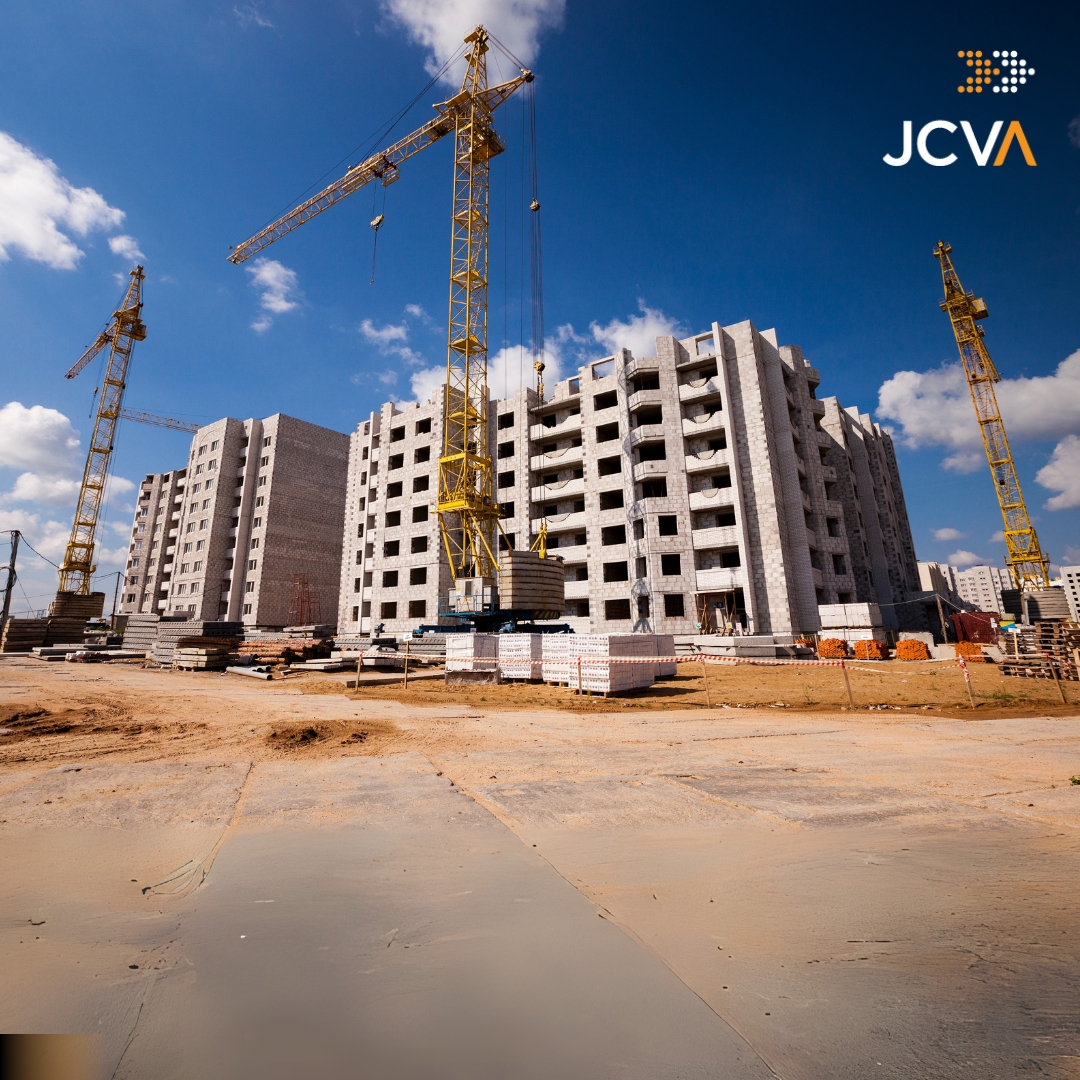
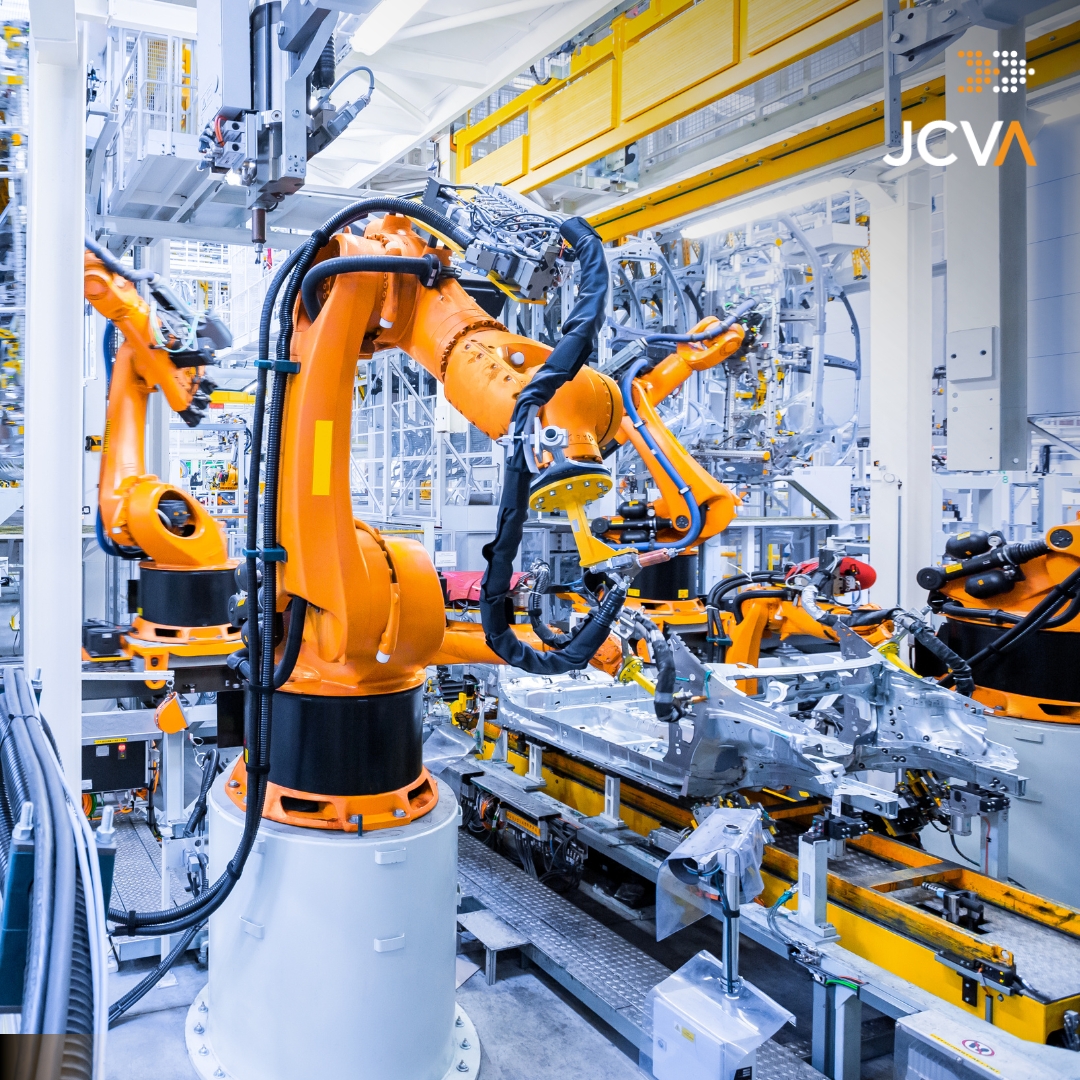

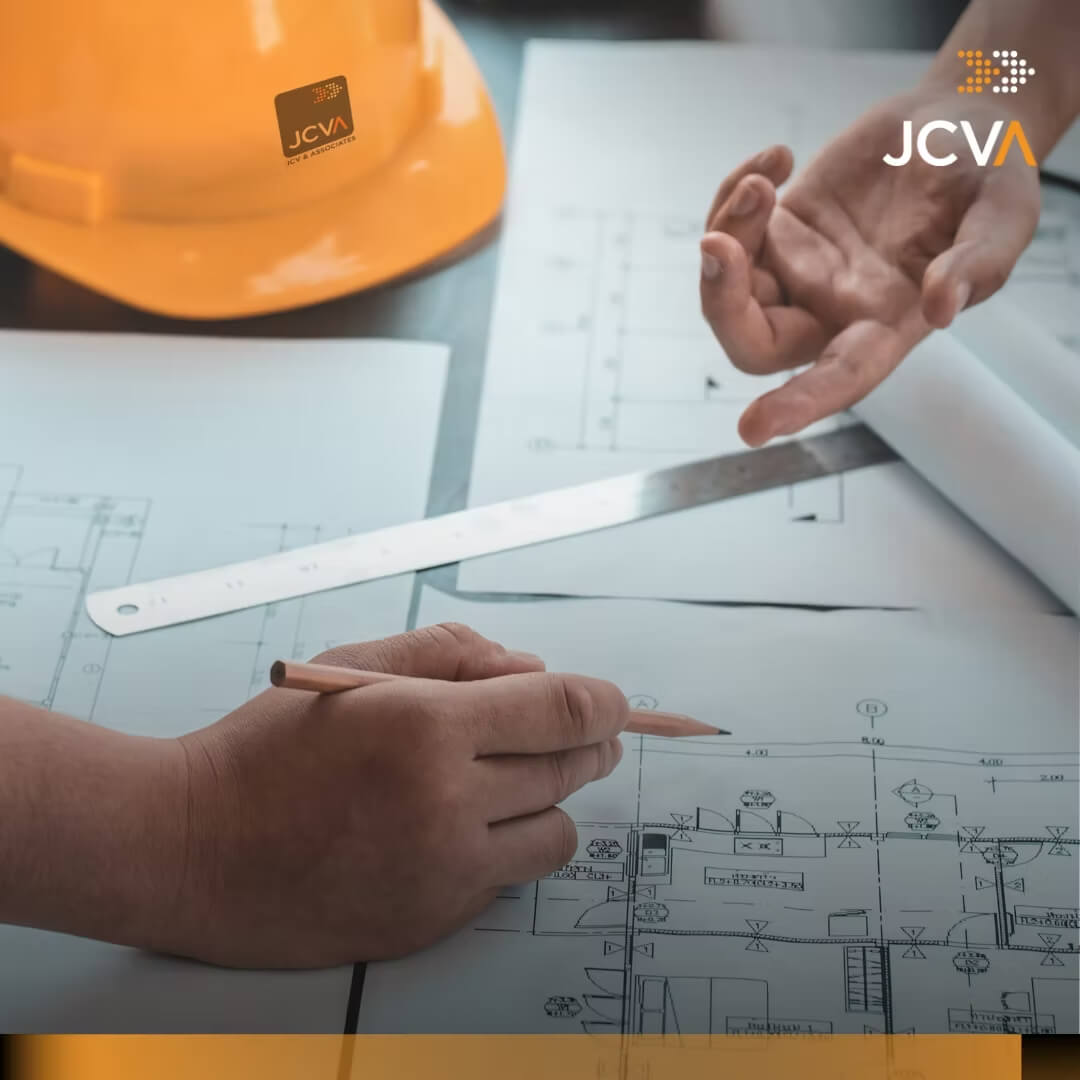
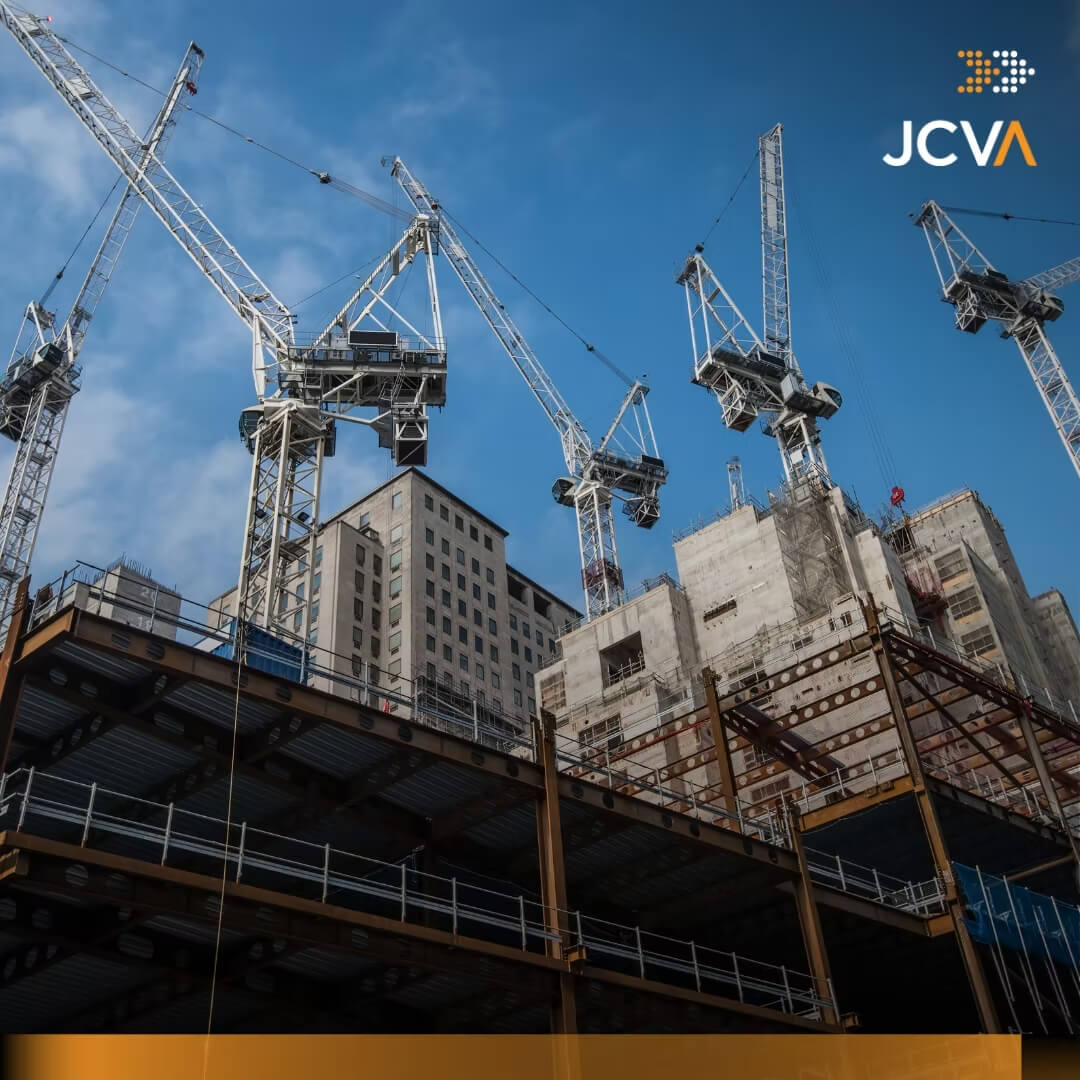

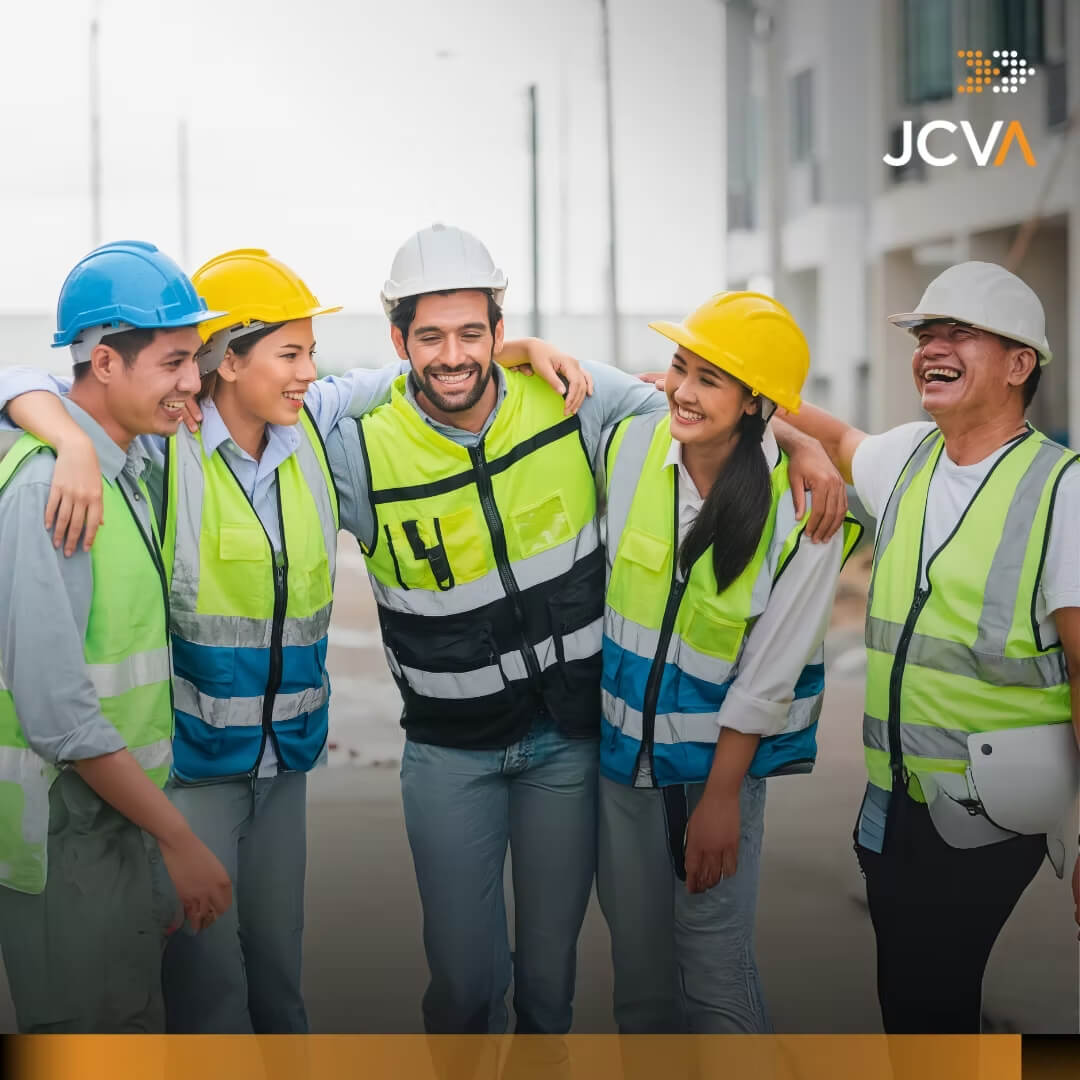
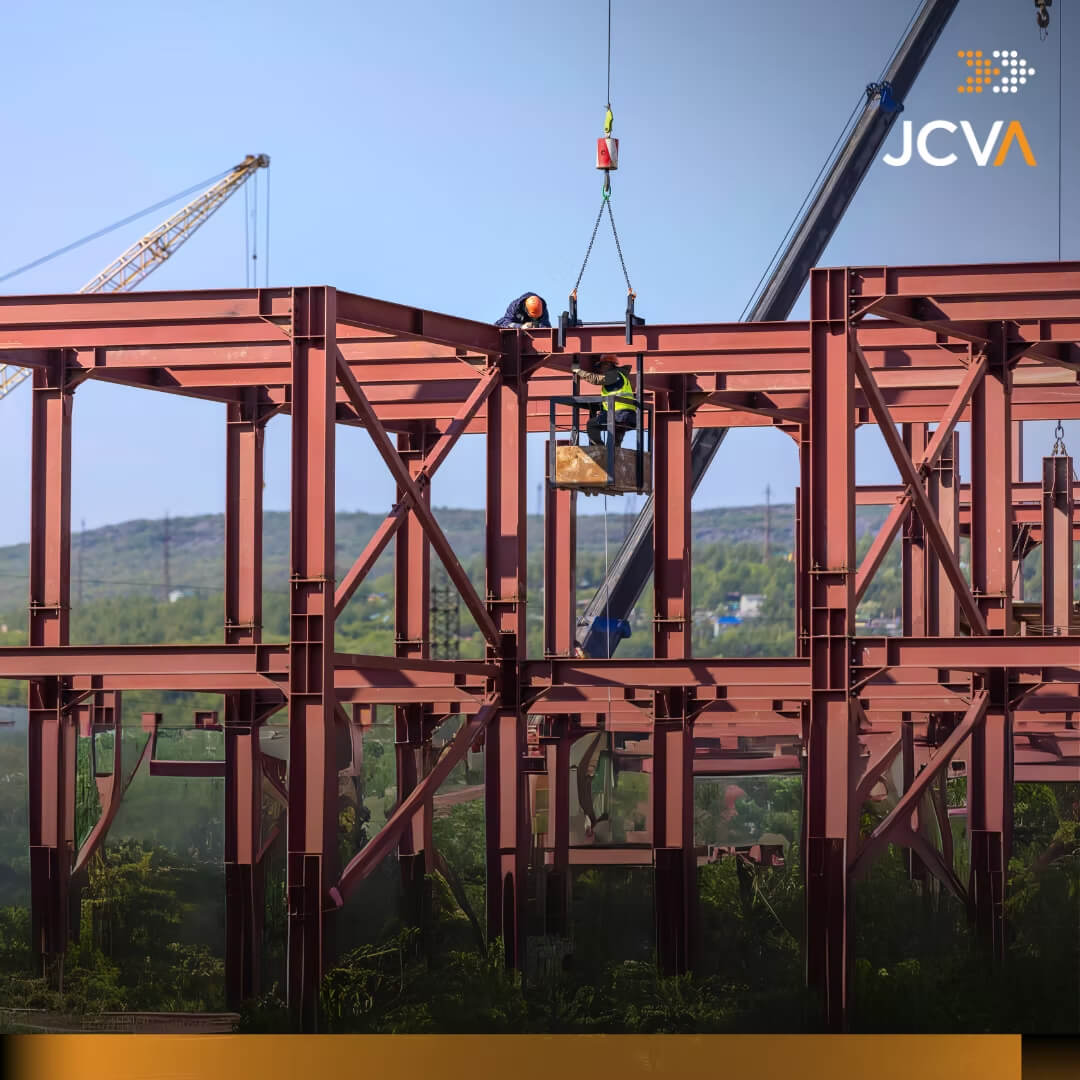
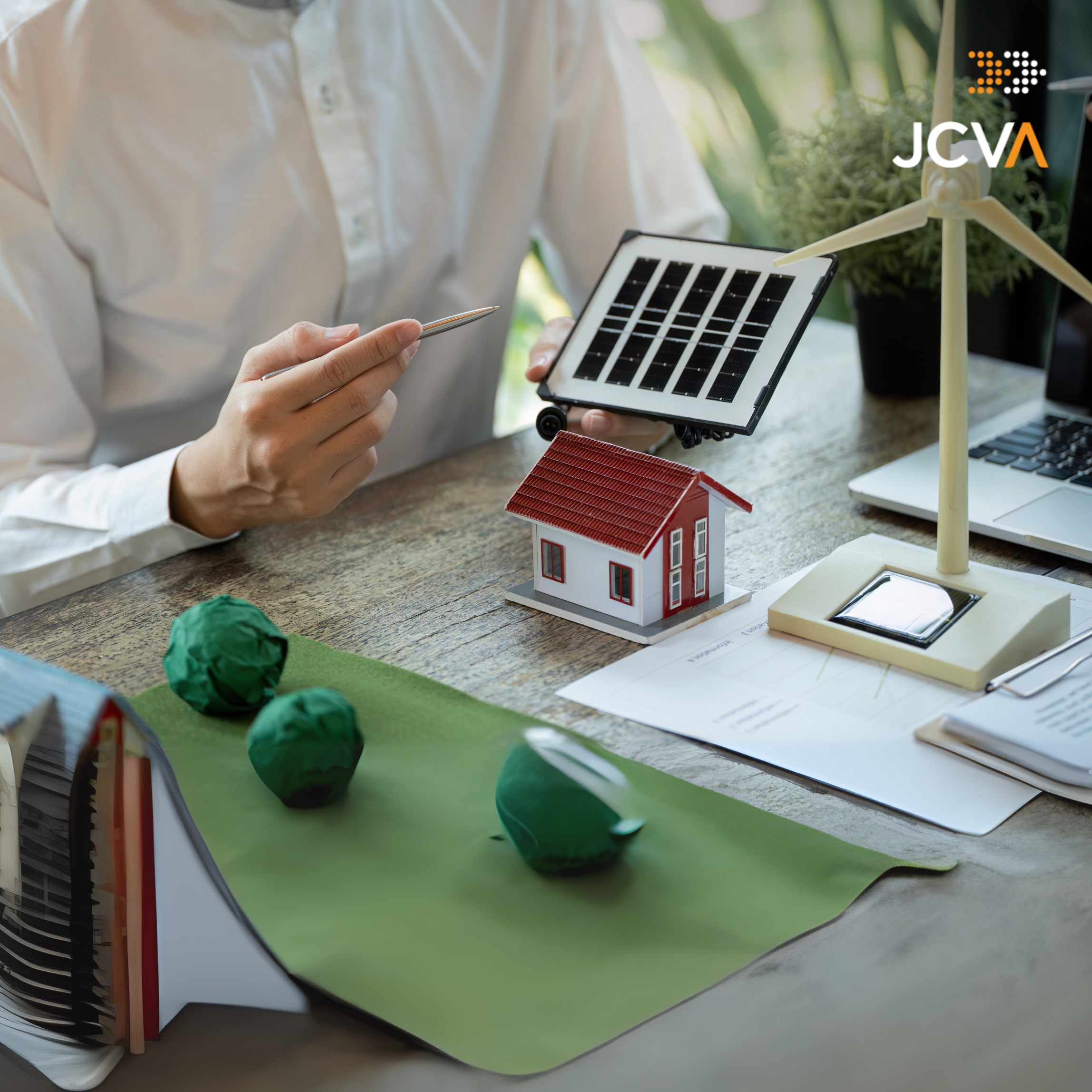
We manage risks, build strong stakeholder relationships, and deliver solutions that reflect global best practices, backed by deep local industry knowledge.
If you're looking for a reliable partner to bring your vision to life, JCVA is here to build it with you.


